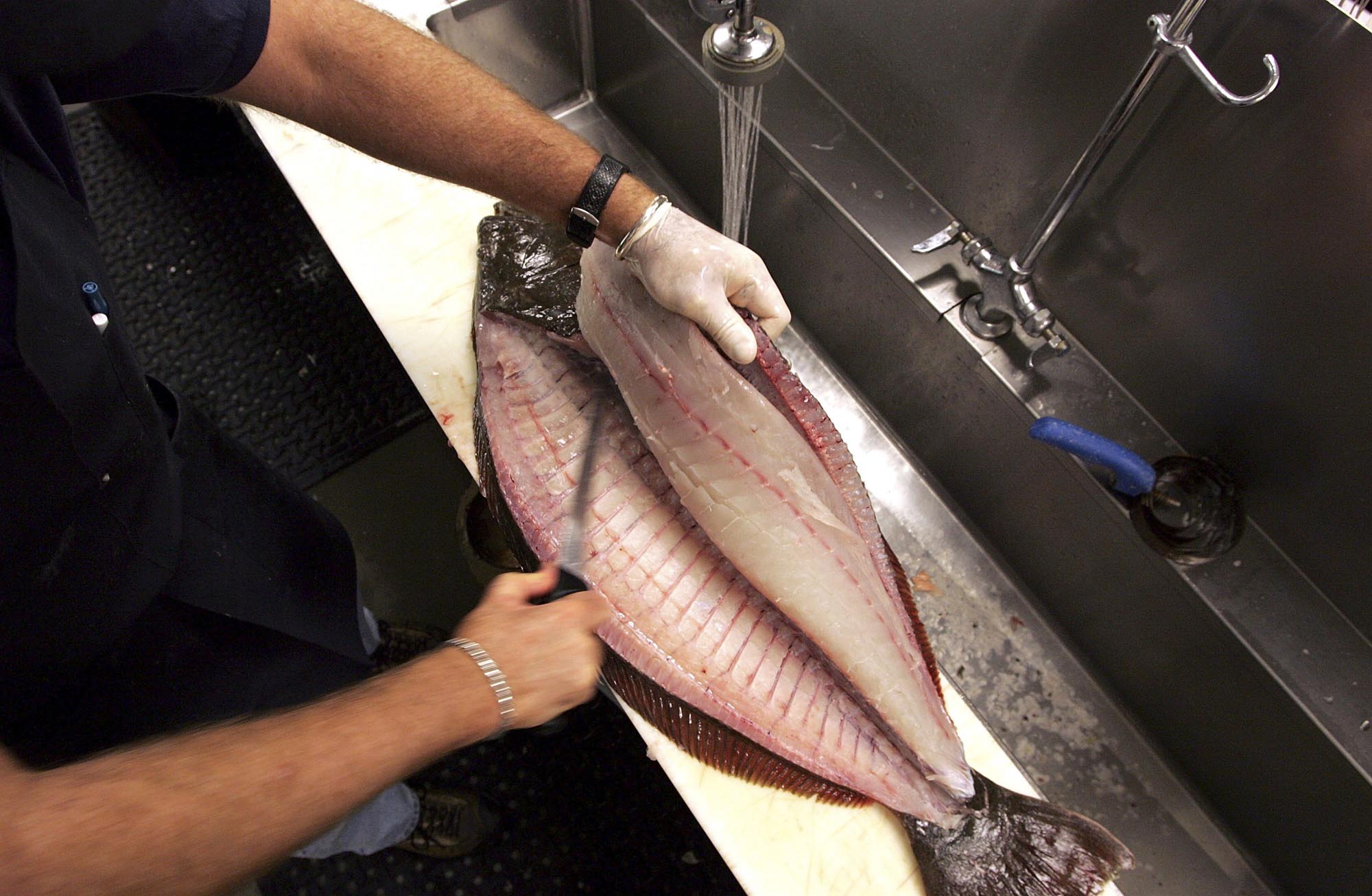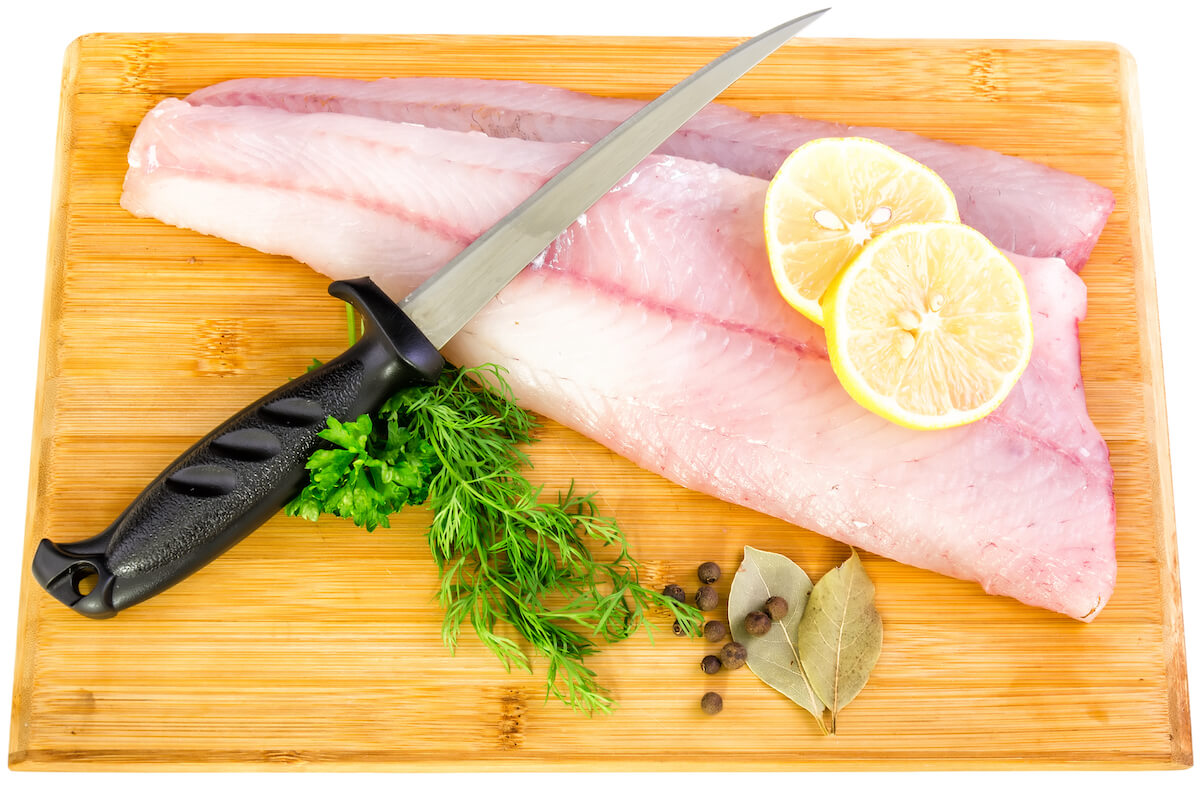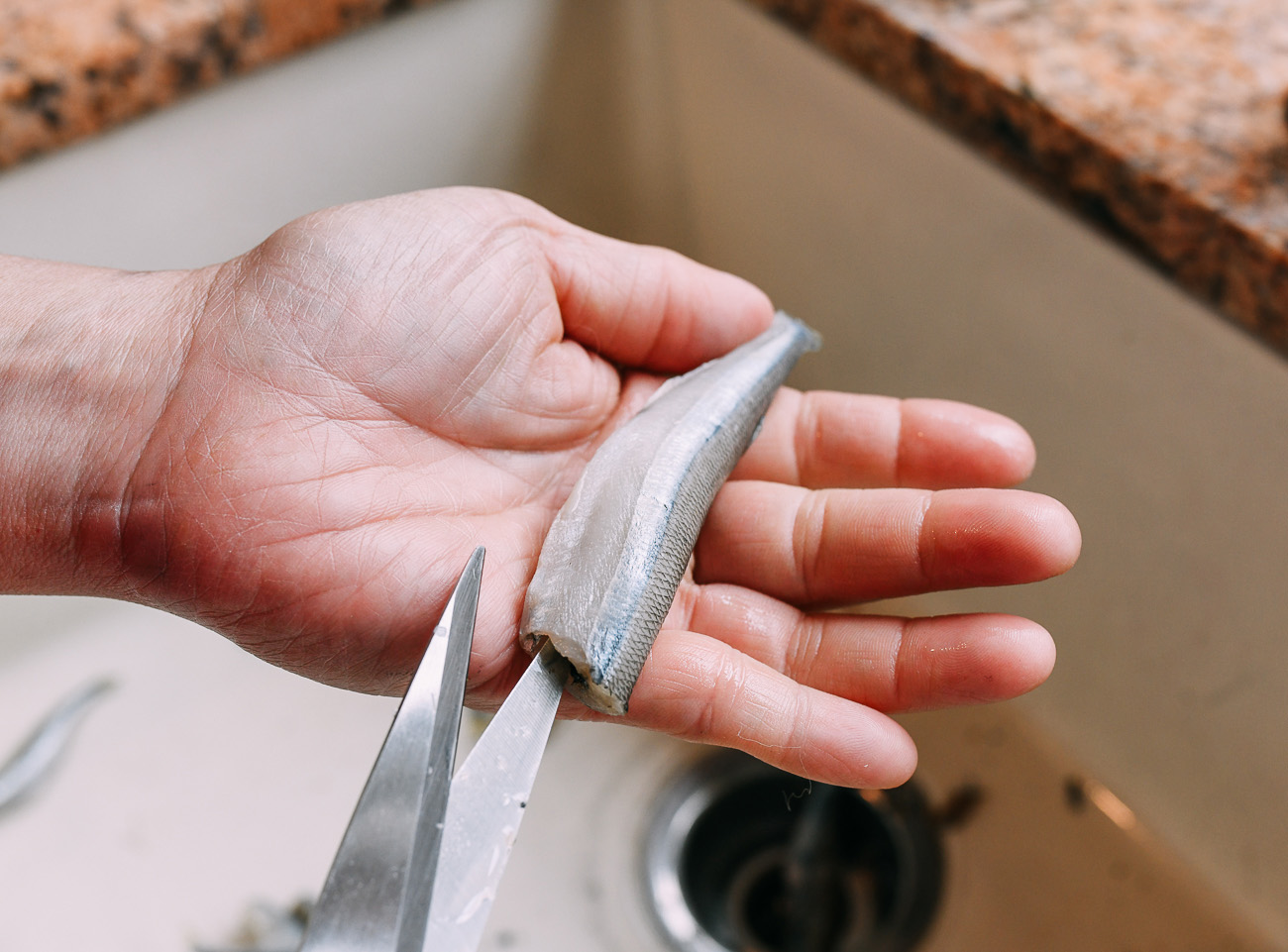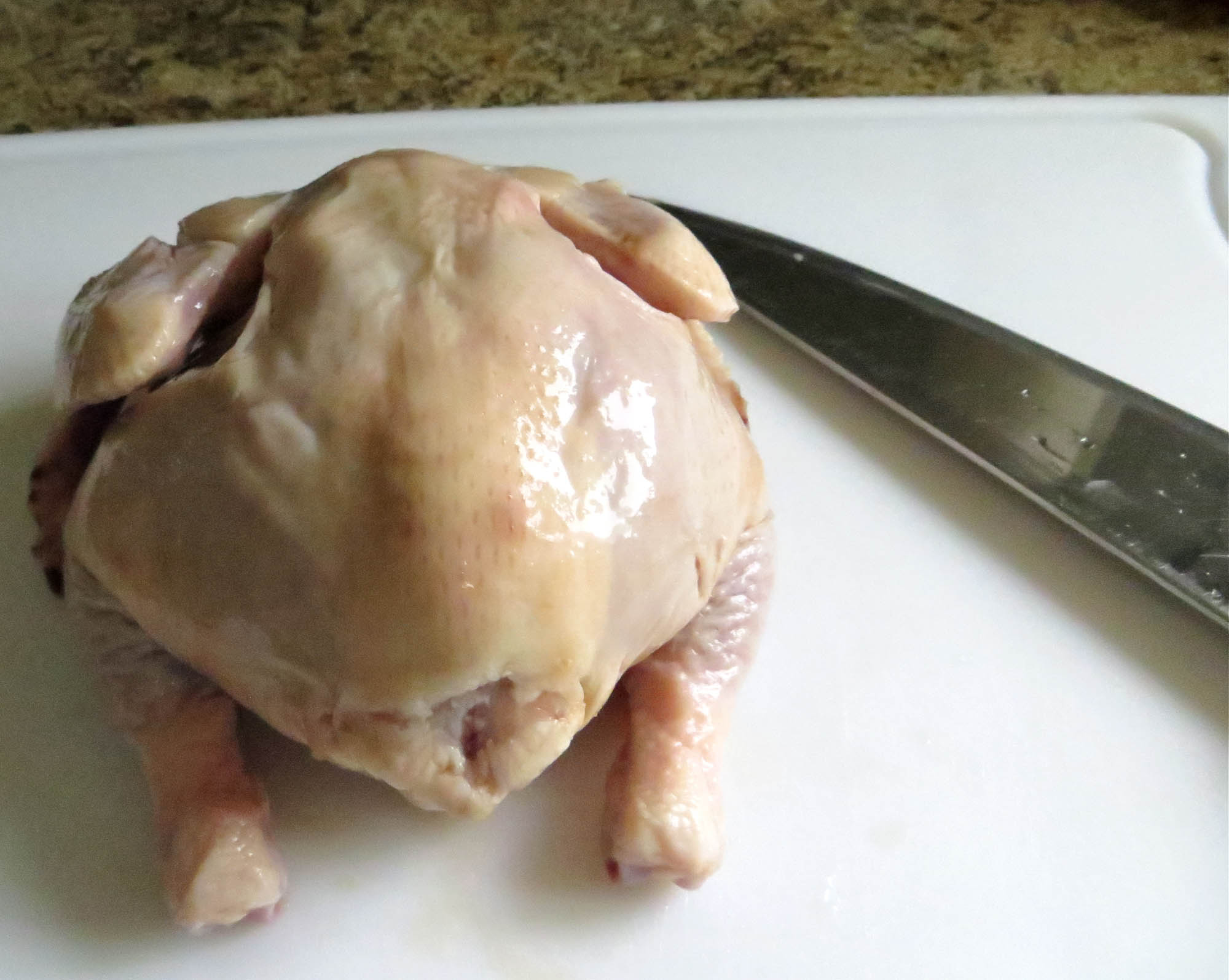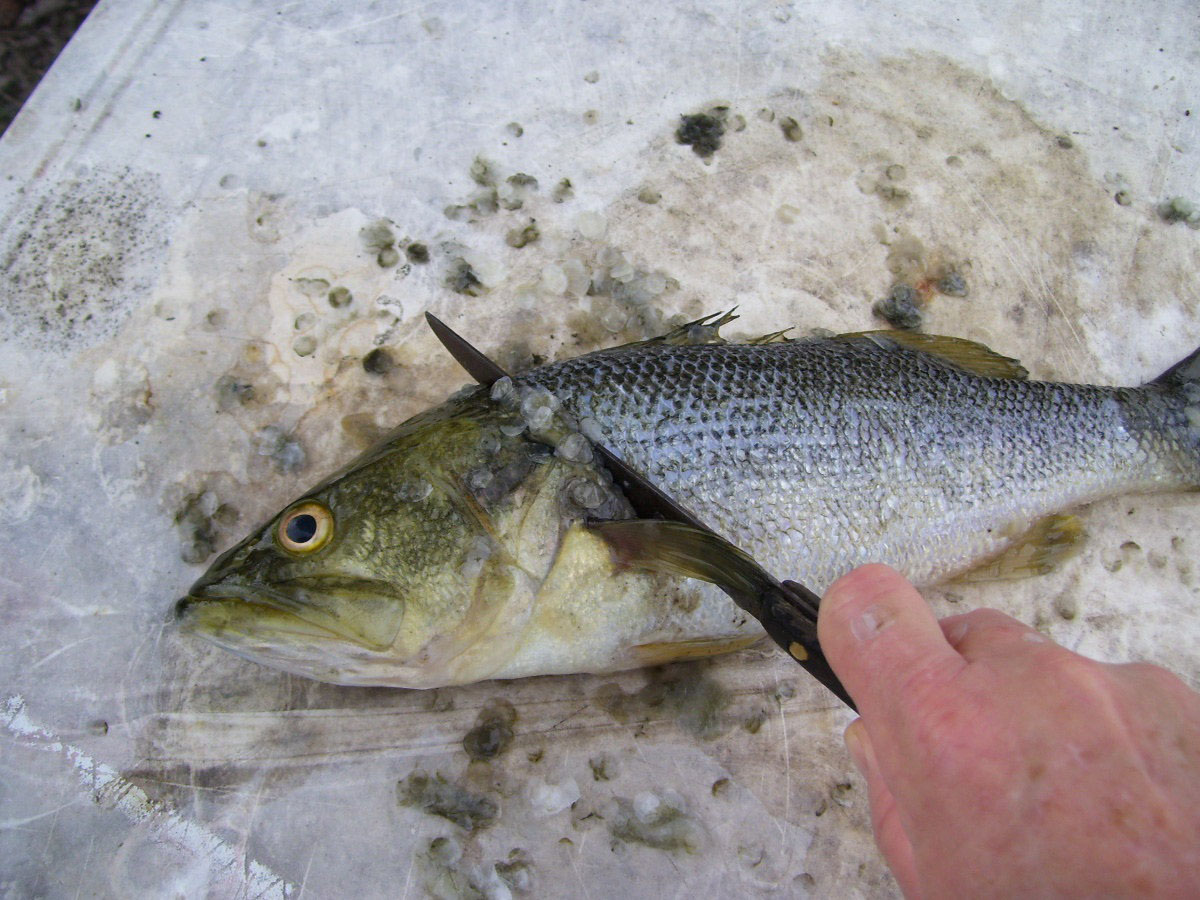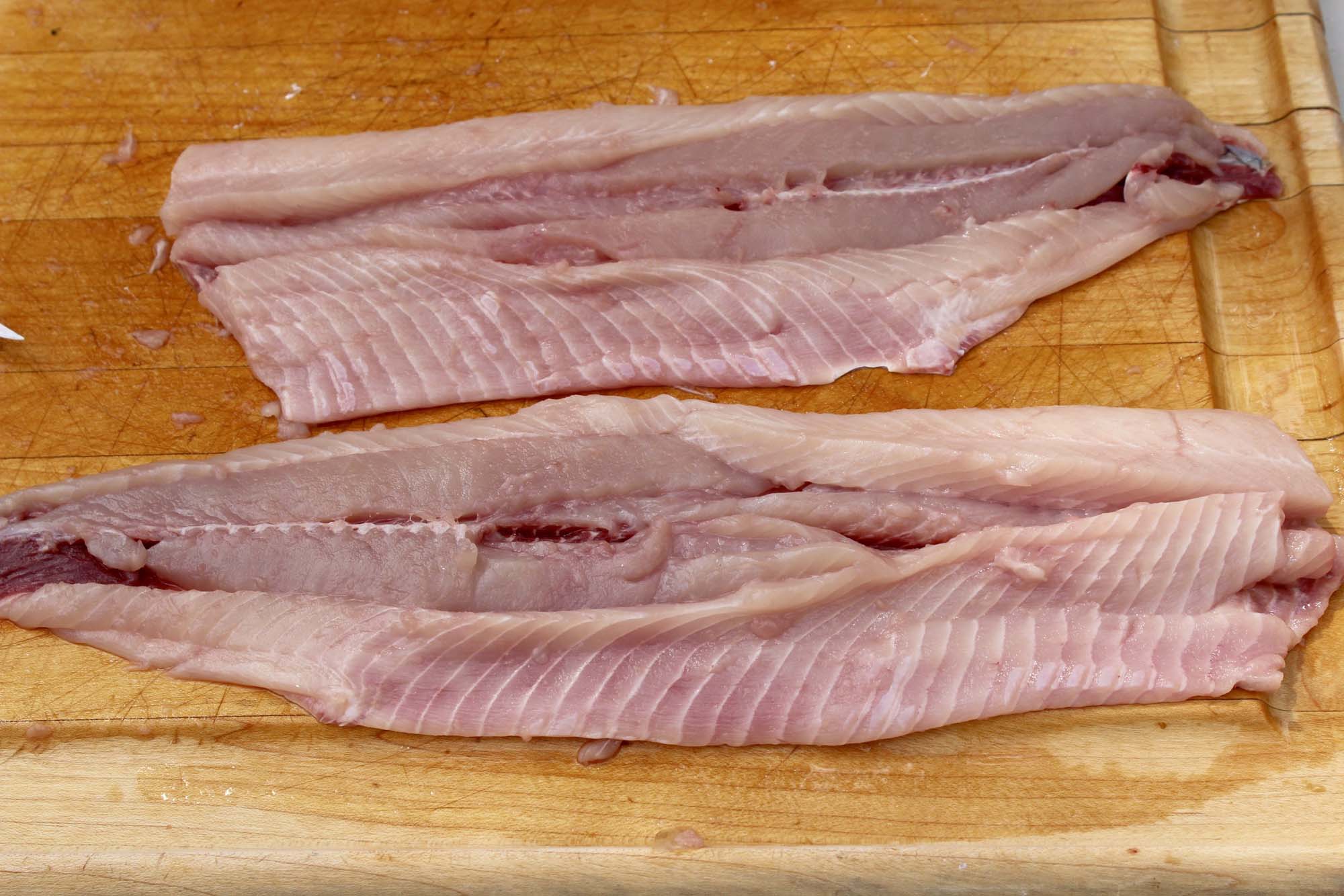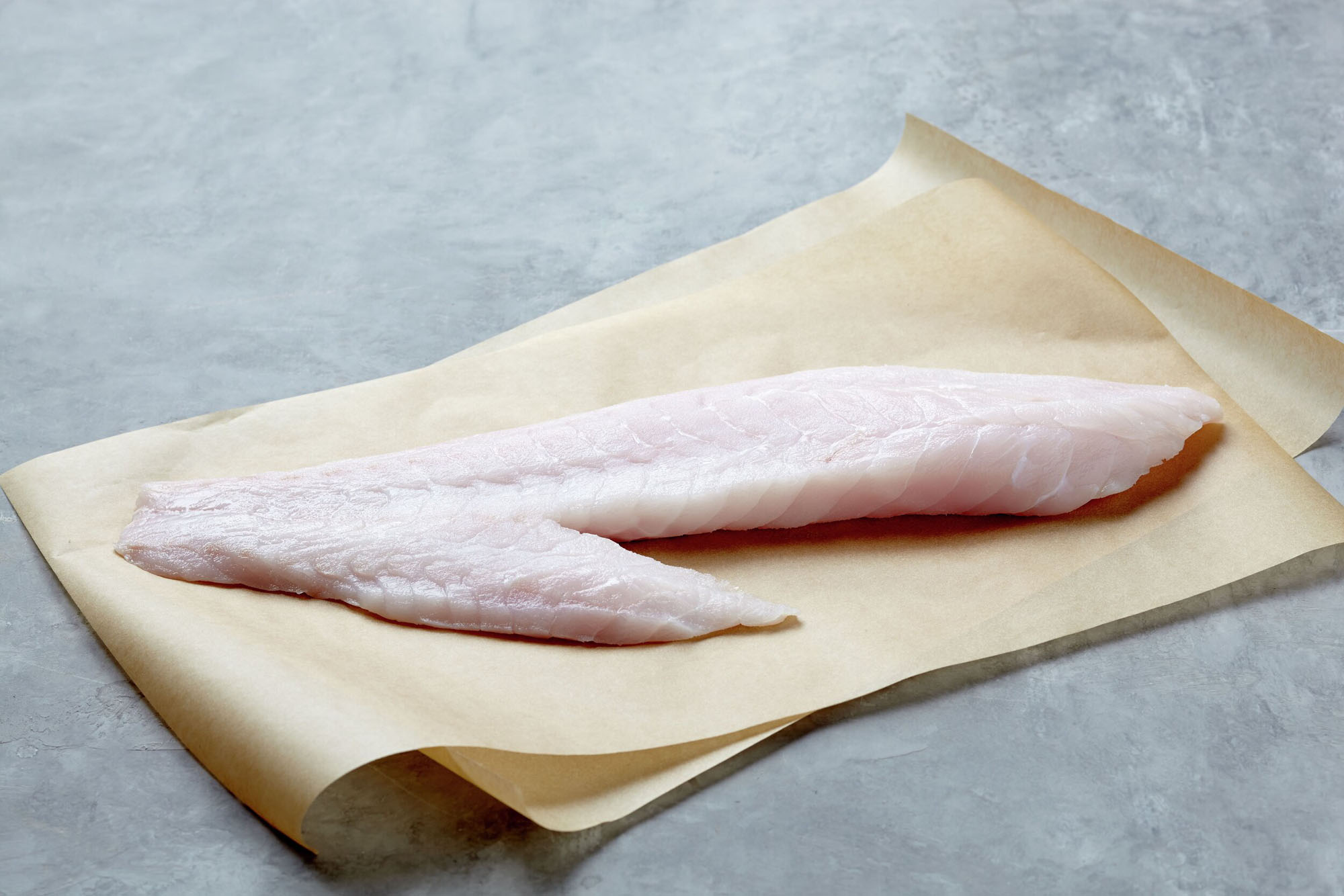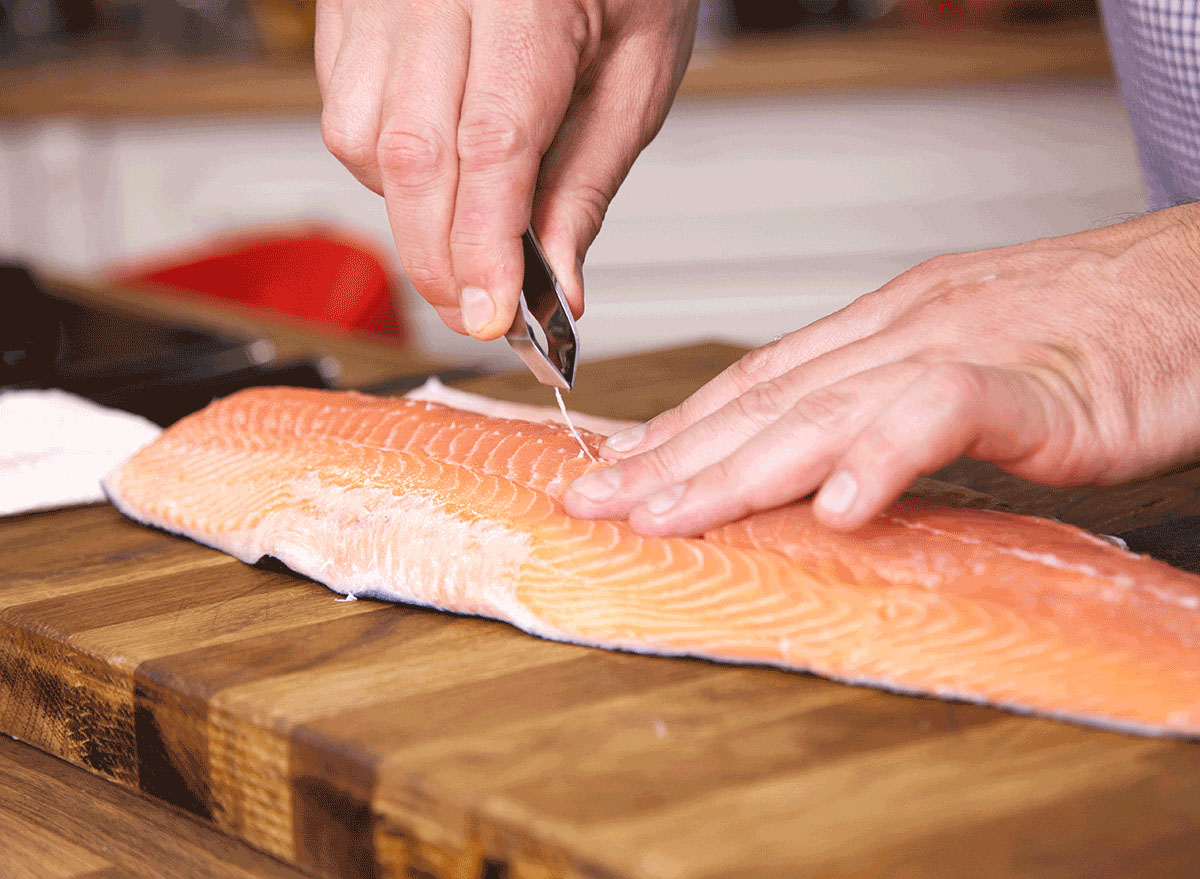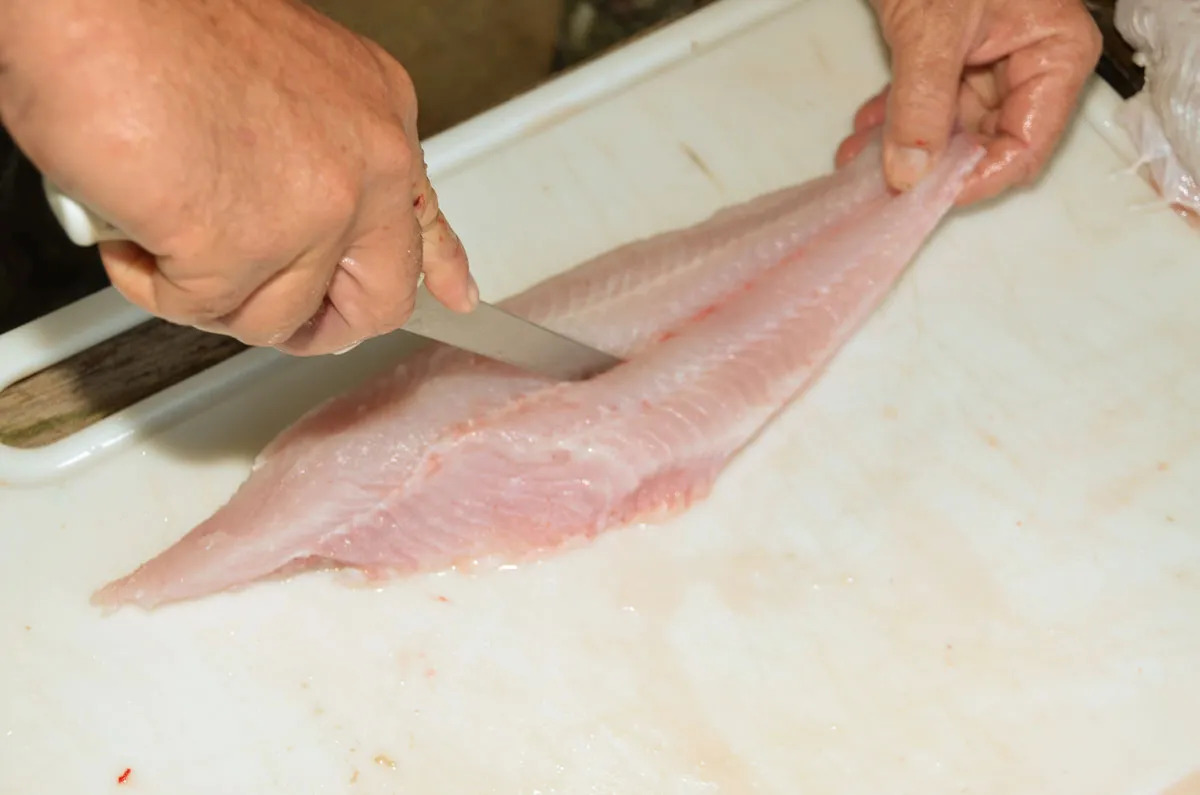Mastering the Art of Deboning Eel
Deboning eel may seem like a daunting task, but with the right technique and a little practice, you can easily master this skill. Whether you’re a seasoned chef or a home cook looking to expand your culinary repertoire, learning how to debone eel is a valuable skill that can open up a world of delicious possibilities in the kitchen.
Choosing the Right Eel
Before you begin the deboning process, it’s essential to start with a fresh eel. Look for eels that have clear, bright eyes, shiny skin, and a pleasant ocean smell. The eel should feel firm to the touch and have a slimy coating, which is a natural protective layer. If you’re purchasing eel from a fishmonger, don’t hesitate to ask for assistance in selecting the best eel for deboning.
Gearing Up
When it comes to deboning eel, having the right tools can make all the difference. Here’s what you’ll need:
- Sharp fillet knife
- Cutting board
- Kitchen shears
- Plastic gloves (optional)
The Deboning Process
Now that you have everything you need, it’s time to dive into the deboning process. Follow these steps for a successful outcome:
- Secure the eel: Place the eel on a clean, stable surface. If it’s still alive, you can use a humane method to immobilize it before starting the deboning process.
- Make the initial incision: Use a sharp fillet knife to make a shallow incision behind the eel’s head, just below the gills.
- Remove the head: Once the incision is made, carefully cut through the eel’s skin and flesh to remove the head. Discard the head or save it for making eel stock.
- Slit the belly: With the eel’s head removed, make a slit along the belly from head to tail. Be cautious not to puncture the eel’s organs.
- Extract the innards: Gently remove the eel’s innards, being mindful not to rupture the gallbladder, which can impart a bitter taste to the flesh.
- Remove the bones: Using a combination of your fingers, kitchen shears, and the fillet knife, carefully remove the bones from the eel’s flesh. Take your time and work methodically to ensure all bones are extracted.
Practice Makes Perfect
Deboning eel is a skill that improves with practice. Don’t be discouraged if your first attempt isn’t flawless. With each eel you debone, you’ll gain more confidence and finesse in the process. Before you know it, you’ll be deboning eel like a pro!
Enjoy the Fruits of Your Labor
Once you’ve successfully deboned the eel, you can use the flesh in a variety of delicious recipes. From eel sushi and kabayaki (grilled eel) to eel stir-fries and soups, there’s no shortage of delectable dishes you can create with your freshly deboned eel.
Now that you’ve learned the art of deboning eel, it’s time to put your newfound skills to the test in the kitchen. With a bit of patience and perseverance, you’ll soon be impressing your friends and family with your eel culinary creations!
Was this page helpful?
Read Next: How To Debone A Pork Chop
